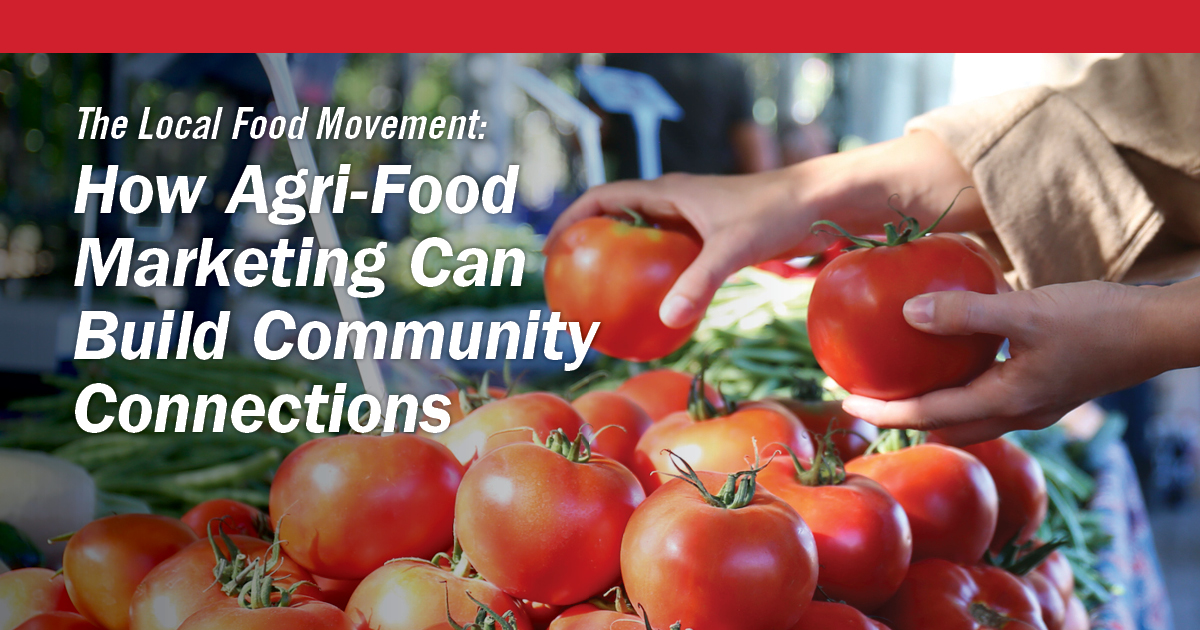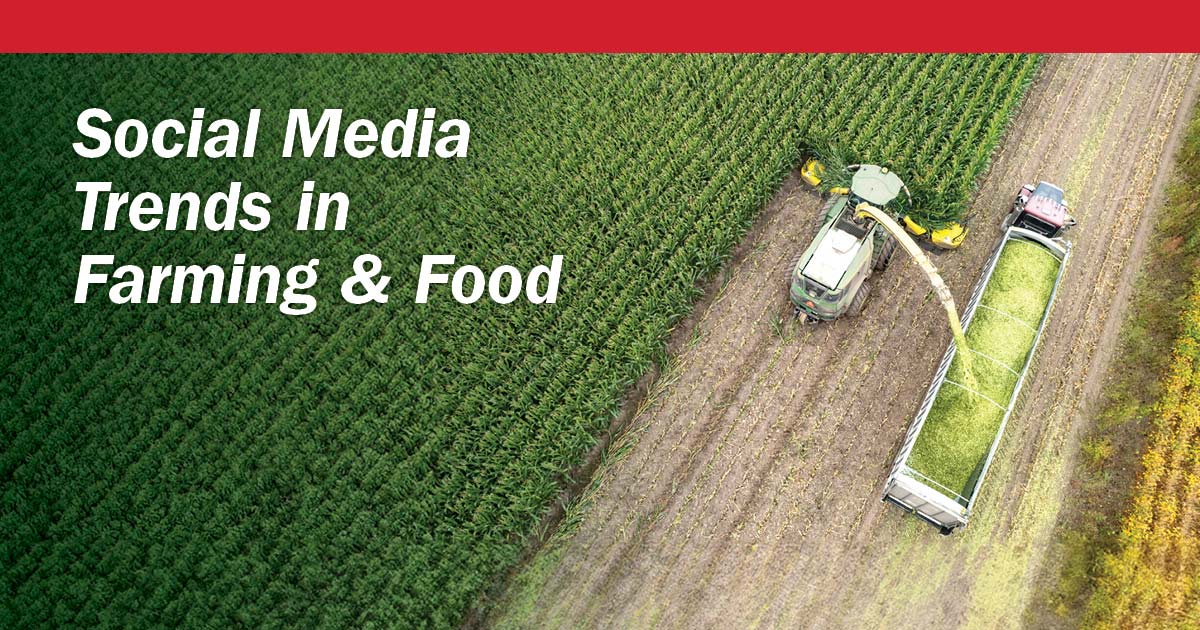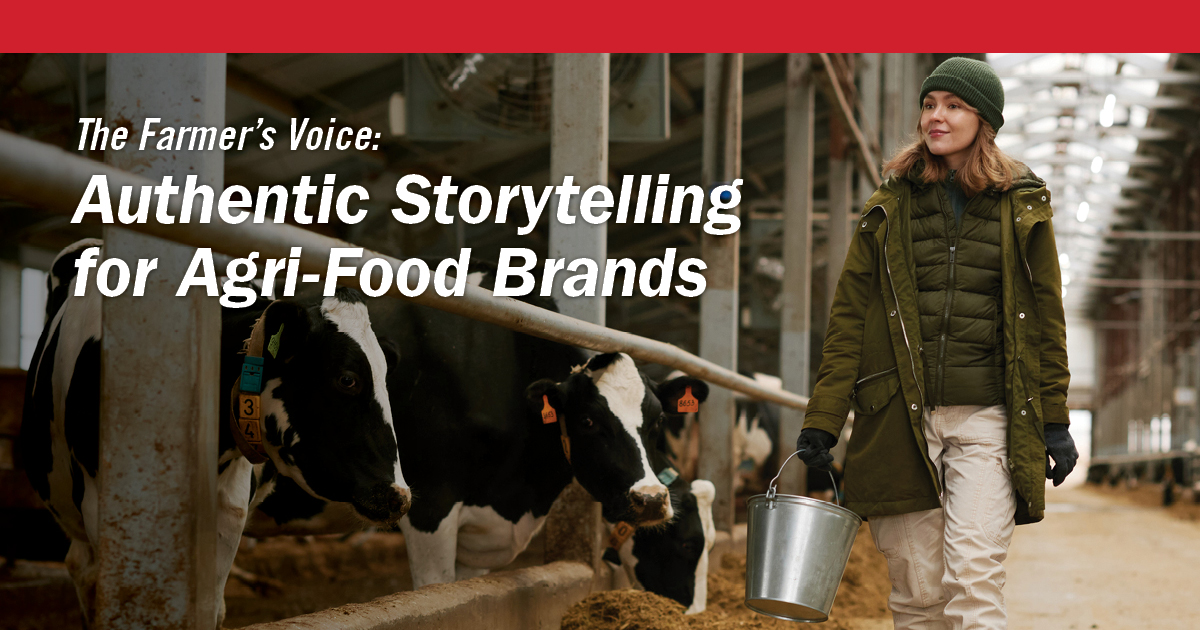Leveraging Platforms to Connect with a Diverse Audience
In today’s digital age, social media has become an indispensable tool for farmers and agri-food businesses and organizations to connect with consumers, share their stories, and promote their products. From Instagram to TikTok, social media platforms offer unique opportunities to engage with a diverse audience and showcase the multifaceted world of farming and food. In this article, we’ll explore emerging social media trends in farming and strategies for leveraging these platforms to effectively reach and resonate with consumers.
- Visual Storytelling on Instagram: Instagram continues to reign as one of the most popular social media platforms, particularly for visual content. Farmers and agri-food businesses and organizations can leverage Instagram’s visual storytelling capabilities to share captivating images and videos that showcase life on the farm, from planting and harvesting to caring for animals and tending to crops. Use Instagram’s features such as Stories, Reels, and IGTV to provide behind-the-scenes glimpses, share educational content, and engage with your audience in creative ways.
- Educational Content on YouTube: YouTube remains a powerhouse for educational content, making it an ideal platform for farmers and the supply chain to share their expertise and connect with consumers interested in learning about agriculture and food processing. Create informative videos that cover topics such as crop rotation, livestock management, sustainable farming practices, food safety, or farm-to-table journeys. Utilize YouTube’s search engine optimization (SEO) tools to optimize your videos for discoverability and reach a broader audience of urbanites, aspiring farmers, gardening enthusiasts, and foodies.
- Authenticity and Transparency on TikTok: TikTok has emerged as a platform where authenticity reigns supreme, making it an excellent space for farmers to showcase their genuine personalities and share authentic glimpses of farm life. Use TikTok’s short-form video format to provide quick tips, share funny anecdotes, or highlight everyday moments on the farm. Embrace the platform’s lighthearted tone and engage with trending challenges and hashtags to increase your visibility and connect with a younger audience.
- Community Building on Facebook Groups: Facebook Groups offer a valuable opportunity to connect with like-minded individuals, share knowledge, and build a sense of community around specific food system interests or regions. Create or join Facebook Groups related to agri-food topics such as regenerative agriculture, food trends, human health, world markets or animal care. Actively participate in group discussions, answer questions, and share relevant resources to establish yourself as a trusted authority and foster meaningful connections.
- Live Streaming Events on Twitter Spaces: Twitter Spaces, the platform’s live audio feature, presents an innovative way to host virtual events, panel discussions, or Q&A sessions in real-time. Use Twitter Spaces to engage with your audience, answer their questions, and provide insights into various aspects of farming and food production. Invite guest speakers, collaborate with industry experts, or partner with agricultural organizations to broaden the scope of your discussions and attract a diverse audience interested in your topics.
- Storytelling through Blogs and Podcasts: Blogs and podcasts offer farmers and food professionals a platform to share in-depth stories, insights, and experiences that resonate with consumers on a deeper level. Start a farm blog to document your journey, share seasonal updates, or discuss pressing issues in agriculture. Alternatively, launch a podcast where you interview fellow farmers, industry experts, or consumers about their perspectives on farming and food. Through storytelling, you can humanize your brand, connect with your audience emotionally, and foster meaningful relationships that extend beyond social media.
As social media continues to evolve, farmers and agri-food businesses and organizations have unprecedented opportunities to connect with consumers and others in the industry, share their stories, and promote their products and ideas. By leveraging platforms like Instagram, YouTube, TikTok, Facebook, Twitter, blogs, podcasts, and emerging social media trends, farmers and food professionals can effectively engage with a diverse audience, build meaningful relationships, and drive positive change in the agri-food sector.
Get in touch to talk about how we can help you strategize and execute on agri-food’s social media trends.
By: Robert Mensies





